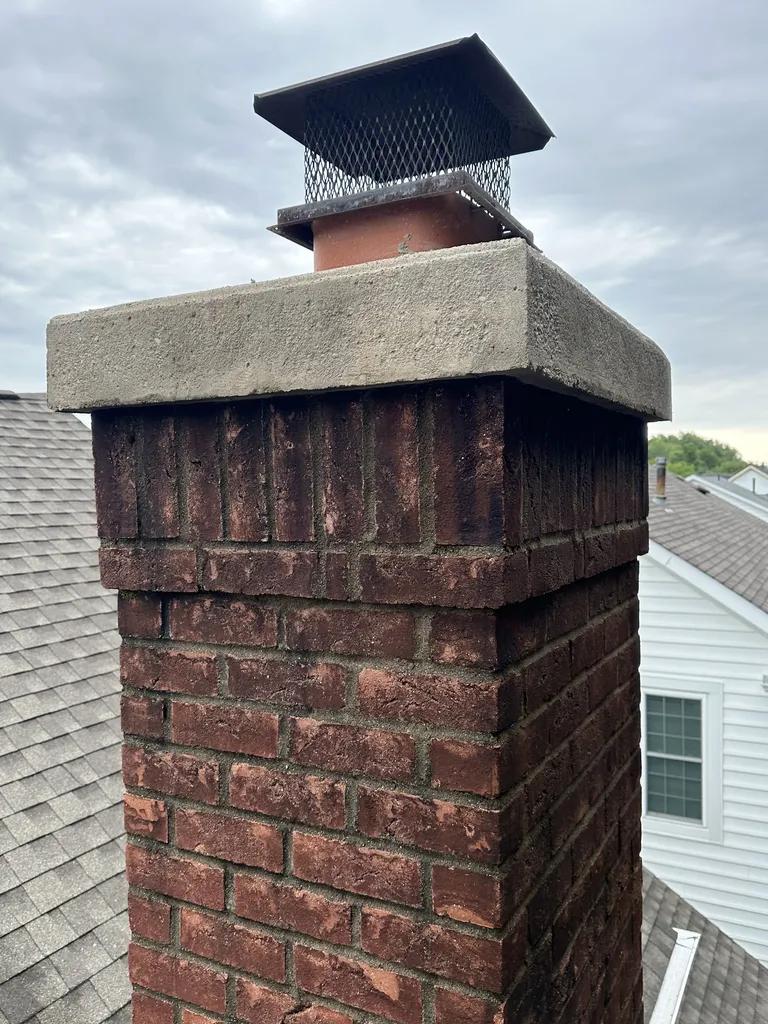Rainwater leaks in chimneys can be a frustrating and potentially damaging issue for homeowners. These leaks can lead to water damage, mold growth, and structural deterioration if not addressed promptly. In this article, we will explore common causes of rainwater leaks in chimneys and provide practical troubleshooting tips to help you identify and resolve the source of the problem. It is essential to address chimney leaks promptly to protect your home and prevent costly repairs down the road.
Table of Contents
- Common Causes of Rainwater Leaks in Chimneys
- Identifying the Source of the Leak
- Effective Solutions for Repairing Chimney Leaks
- Preventative Measures to Avoid Future Leaks
- Q&A
- The Way Forward

Common Causes of Rainwater Leaks in Chimneys
When it comes to troubleshooting rainwater leaks in chimneys, it’s important to first identify the common causes of these leaks. One of the main culprits is damaged flashing. Flashing is the metal sheeting that surrounds the base of the chimney to prevent water from seeping in. Over time, flashing can become corroded or loose, allowing rainwater to penetrate the chimney structure. Another common cause of leaks is cracked or deteriorating mortar. Mortar holds the bricks of the chimney together, and when it starts to break down, gaps can form that allow water to enter.
To further determine the source of a rainwater leak in a chimney, it’s crucial to consider issues with the chimney cap or crown. The chimney cap is the metal or concrete structure that sits on top of the chimney, while the crown is the slab that surrounds the flue. Damage to either of these components can create openings for rainwater to infiltrate. Additionally, chimney condensation can also lead to leaks. When warm, moist air from inside the home comes into contact with the cooler chimney walls, condensation can form and eventually lead to water damage.

Identifying the Source of the Leak
When troubleshooting rainwater leaks in chimneys, it is crucial to first identify the source of the leak. One common source of leaks is damaged or deteriorated chimney flashing. Chimney flashing is the metal strips that are installed where the chimney meets the roof to prevent water from seeping in. Inspect the flashing carefully for any signs of damage, such as rust, cracks, or gaps. Another potential source of leaks could be the chimney cap. If the chimney cap is cracked or missing, rainwater can easily enter the chimney and cause leaks.
Additionally, check the mortar joints of the chimney for any cracks or gaps where water could be seeping through. It is also important to inspect the chimney crown for any signs of damage. The chimney crown is the concrete slab that sits at the top of the chimney and helps to protect the chimney structure from water damage. If the chimney crown is cracked or deteriorated, water can easily enter the chimney and cause leaks. By carefully inspecting these key areas, you can effectively identify the source of the leak and take the necessary steps to repair it.

Effective Solutions for Repairing Chimney Leaks
When it comes to troubleshooting rainwater leaks in chimneys, it’s important to identify the source of the issue before making any repairs. One common cause of chimney leaks is a damaged chimney crown. Over time, the mortar on the chimney crown can deteriorate, allowing water to seep in. To fix this issue, consider applying a water-resistant sealant to the chimney crown to prevent further water infiltration.
Another possible culprit of chimney leaks is damaged flashing. Flashing is the material that seals the gap between the chimney and the roof. If the flashing is loose or rusted, water can easily enter the chimney. To address this problem, carefully inspect the flashing and replace any damaged sections. Additionally, consider adding a layer of roofing cement around the flashing for added protection against leaks.

Preventative Measures to Avoid Future Leaks
Rainwater leaks in chimneys can be a common issue that homeowners face, but there are several preventative measures that can help avoid future leaks. One key step is to regularly inspect the chimney for any signs of damage or wear and tear. This can include checking for cracks, loose bricks, or deteriorating mortar that could allow water to seep in. Additionally, keeping the chimney properly sealed and waterproofed can help prevent leaks.
Another important preventative measure is to ensure that the chimney cap is in good condition and properly installed. A chimney cap helps to prevent water from entering the chimney while still allowing smoke to escape. Regularly cleaning out any debris or buildup from the cap can also help maintain its effectiveness. It’s also important to address any issues with flashing around the chimney, as damaged or improperly installed flashing can be a common source of leaks.
Q&A
Q: What are the common causes of rainwater leaks in chimneys?
A: Common causes of rainwater leaks in chimneys can include damaged flashing, deteriorated mortar joints, cracks in the chimney crown, and faulty chimney caps.
Q: How can I identify a rainwater leak in my chimney?
A: Signs of a rainwater leak in your chimney can include water stains on the ceilings or walls near the fireplace, a musty odor coming from the fireplace, or visible water pooling inside the fireplace.
Q: How can I prevent rainwater leaks in my chimney?
A: Regular maintenance and inspections of your chimney, including checking and repairing flashing, mortar joints, chimney crowns, and chimney caps, can help prevent rainwater leaks.
Q: What steps should I take if I suspect a rainwater leak in my chimney?
A: If you suspect a rainwater leak in your chimney, it is recommended to contact a professional chimney sweep or contractor to conduct an inspection and make any necessary repairs to prevent further damage.
Q: How do I know if a rainwater leak in my chimney is a serious issue?
A: If left untreated, rainwater leaks in chimneys can lead to structural damage, mold growth, and even fire hazards. It is important to address any leaks promptly to avoid costly repairs in the future.
The Way Forward
In conclusion, identifying and addressing rainwater leaks in chimneys is essential to prevent potential damage to your home and ensure the safety of your fireplace. By following the troubleshooting steps outlined in this article, you can effectively locate and resolve any leaking issues in your chimney. Remember to always prioritize regular maintenance and inspections to keep your chimney in top condition and protect your home from water intrusion. If you encounter persistent leaks or need assistance with repairs, don’t hesitate to consult a professional chimney technician for further guidance. Thank you for reading and best of luck in resolving any rainwater leaks in your chimney.


